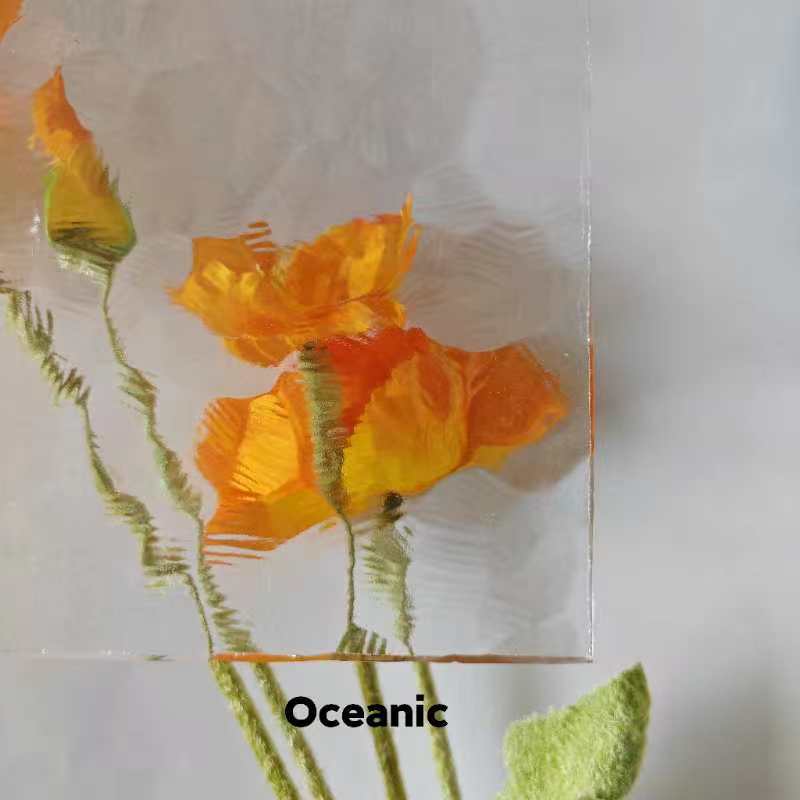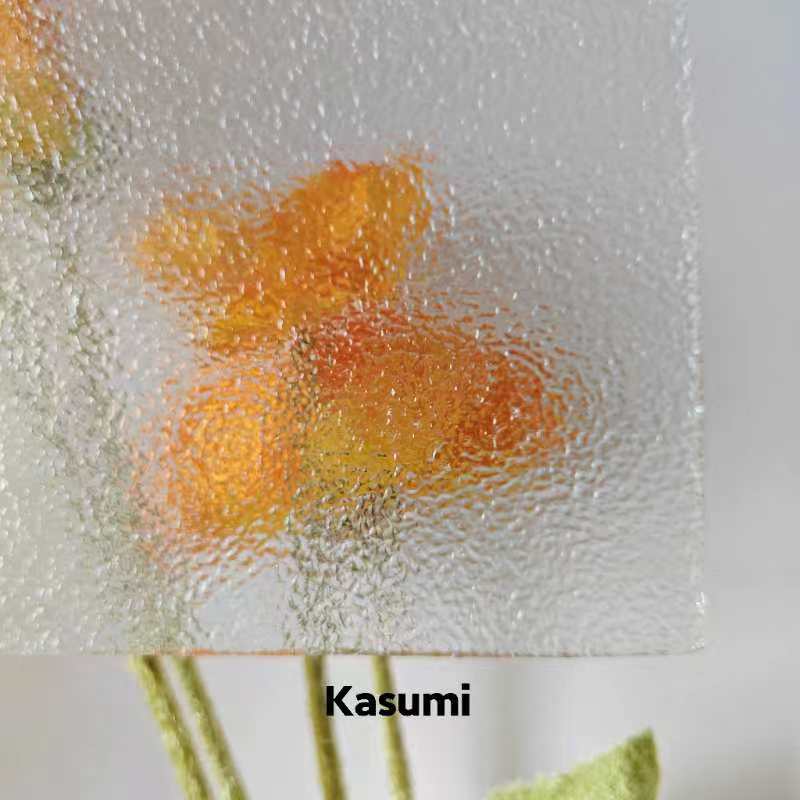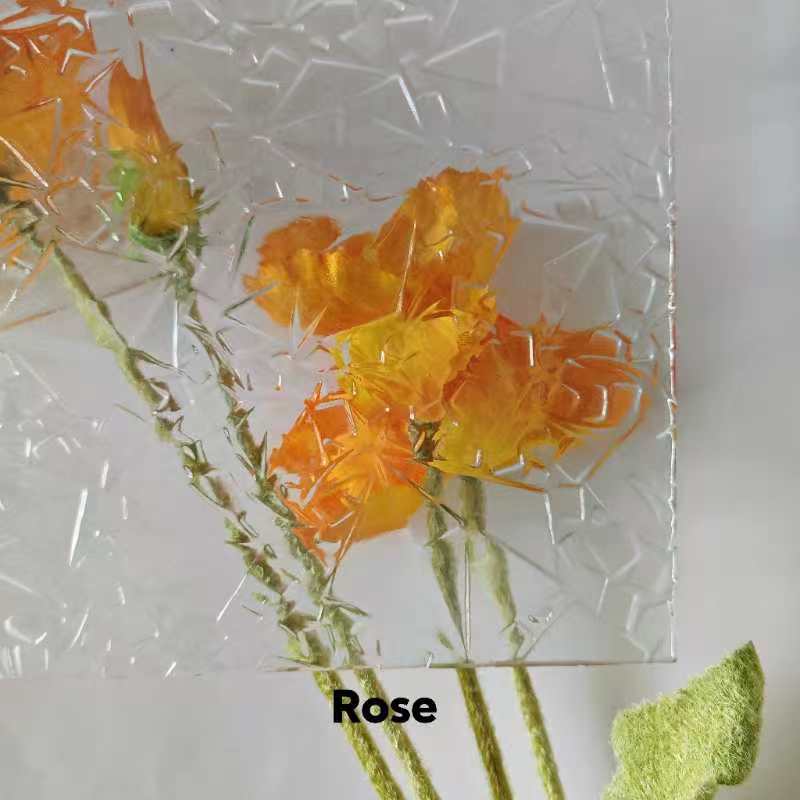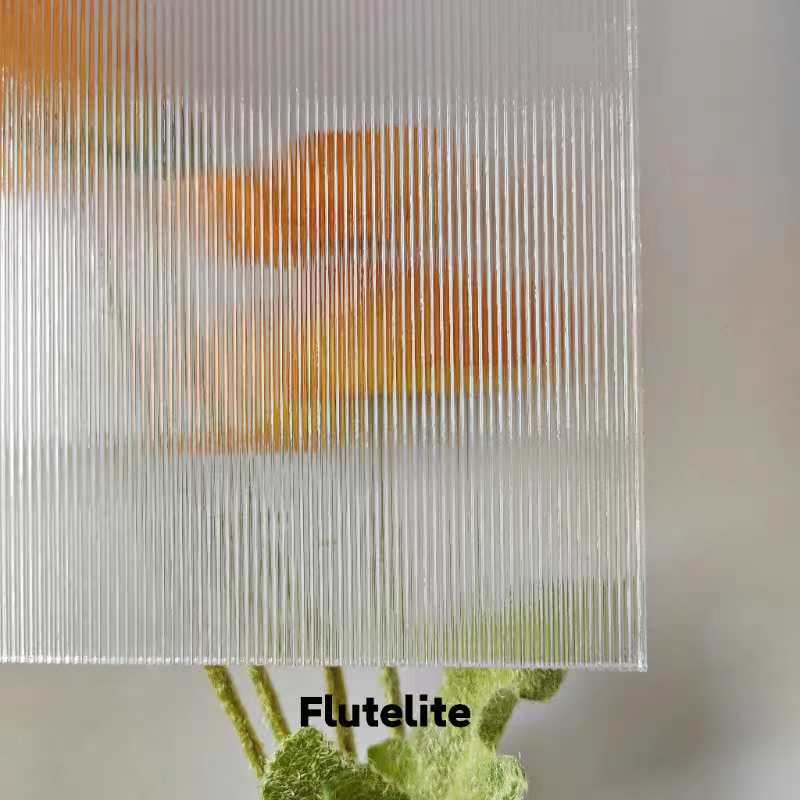1. What is the base material of patterned glass?
Patterned glass typically uses high-quality soda-lime silica glass, with optional enhancements like borosilicate for elevated chemical and thermal resistance.
2. What are the available thicknesses?
Most types of patterned glass are manufactured in 3–12mm for standard patterns, and up to 20mm for laminated or impact-resistant versions.
3. What installation standards should be followed?
Follow EN 14449 (Laminated Glass), EN 12150-1 (Tempered Glass), and local building codes. Pattern orientation and tolerances must be coordinated per DWG/CAD drawings in advance.
4. What is the standard allowable size deviation and edge finish?
According to ISO 12543-4, size tolerance is ±2mm for length/width, with options for arrised, polished, or ground edges.
5. How do you maintain patterned glass?
Routine cleaning with neutral pH glass cleaners is recommended. Avoid strong acids/alkalis for pattern preservation, especially for etched panels.
6. What are common certifications and tests?
Patterned glass undergoes EN/ISO/ANSI tests for impact, fragmentation, UV resistance, and delamination stability.
7. Are pattern designs customizable?
Absolutely. TPTop Glass accepts custom patterns from customer-supplied CAD/DXF files, with prototyping and proofing before bulk production.









